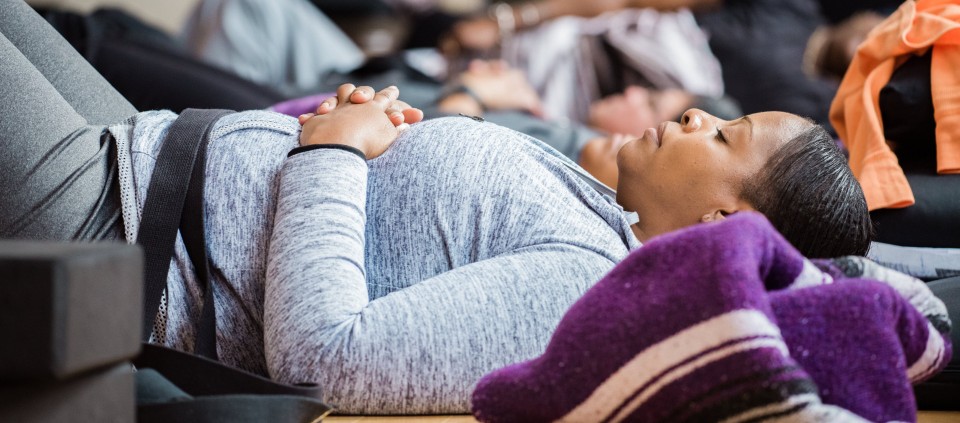Body Scan Practice to Relax Your Nervous System and Help You Sleep

I often prescribe this exercise to clients who are having difficulty falling asleep because of stress and worry. It’s excellent for restoring a sense of calm to the nervous system.
Because we do not activate the sympathetic and parasympathetic branches of the nervous system at the same time, the body cannot be anxious and relaxed at the same time. This exercise in progressive muscle relaxation activates the parasympathetic branch and helps you relax your entire body, step by step, moving through the body either foot to head or head to foot. (The instructions below are given from foot to head.) The entire exercise takes seven to 10 minutes and can be done lying down or sitting.
1. Begin by curling the toes of your right foot, holding that muscle tension for the count of seven. Then let that tensing go and relax as you count to 15. Then curl the entire arch of your right foot as though pointing your foot, and hold that tension for the count of seven. Let that tensing go as you relax and count to 15. Then flex your foot, toes back toward your leg, holding that tension for the count of seven. Then let that go as you relax and count to 15.
Counting to seven while tensing and counting to 15 while relaxing help ensure that you are relaxing more than you are tensing. You can breathe in on the tensing and breathe out on the relaxing to activate the parasympathetic nervous system more than the sympathetic. In addition, focusing your attention on the counting keeps your brain from wandering into the worry and rumination tendencies of your default network.
2. Continue tensing and relaxing various points of your body as you count to seven and then 15. Move slowly through your entire body, breathing in as you tense, breathing out as you let go and relax. Tense your right calf, your right thigh, your right hip/buttock, and let that go. Then tense your left toes, your left foot, your left calf, your left thigh, your left hip/buttock, and let that go. Tense and relax through your torso, your pelvic area, your belly, the muscles around your ribs, and your spine. Tense and relax the fingers of each hand, the palms of your hands, your wrists, your forearms, your elbows, your upper arms, your shoulders and neck. Then tense and relax all your facial muscles in turn: throat, jaw, lips, cheeks, ears, eyes, nose, forehead … and let it all go.
3. End the session with another deep sigh; rest for a full minute in the relaxed state.
4. Practice this exercise every night before you go to bed for two weeks. I have found that as the brain learns to relax, you’ll start to fall asleep before you complete the exercise.
Find out about upcoming programs with Linda Graham at Kripalu.
Linda Graham, MFT, is a psychotherapist, mindful self-compassion teacher, and author of Bouncing Back: Rewiring Your Brain for Maximum Resilience and Well-Being.
Full Bio and Programs